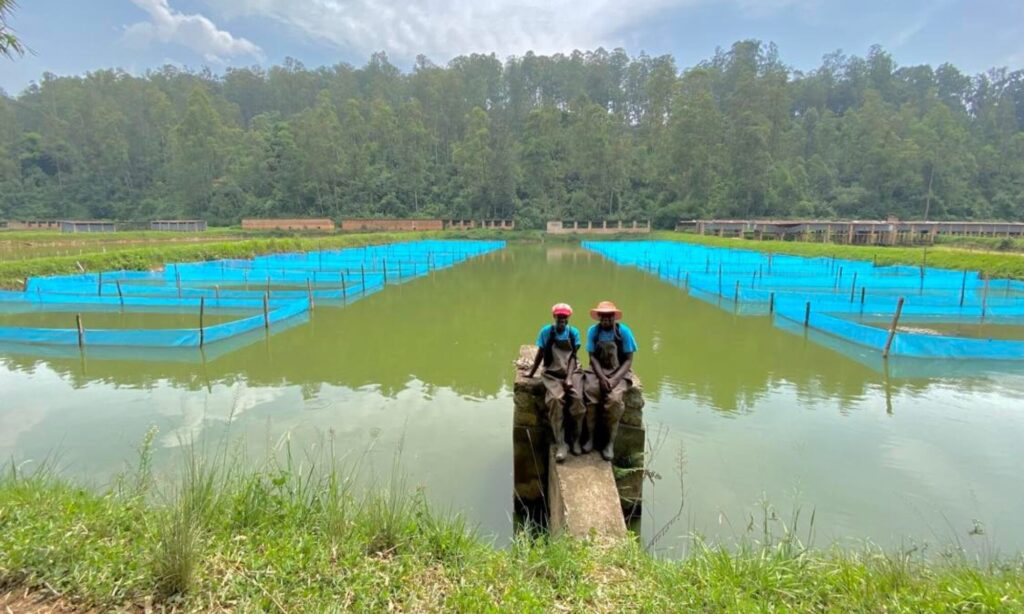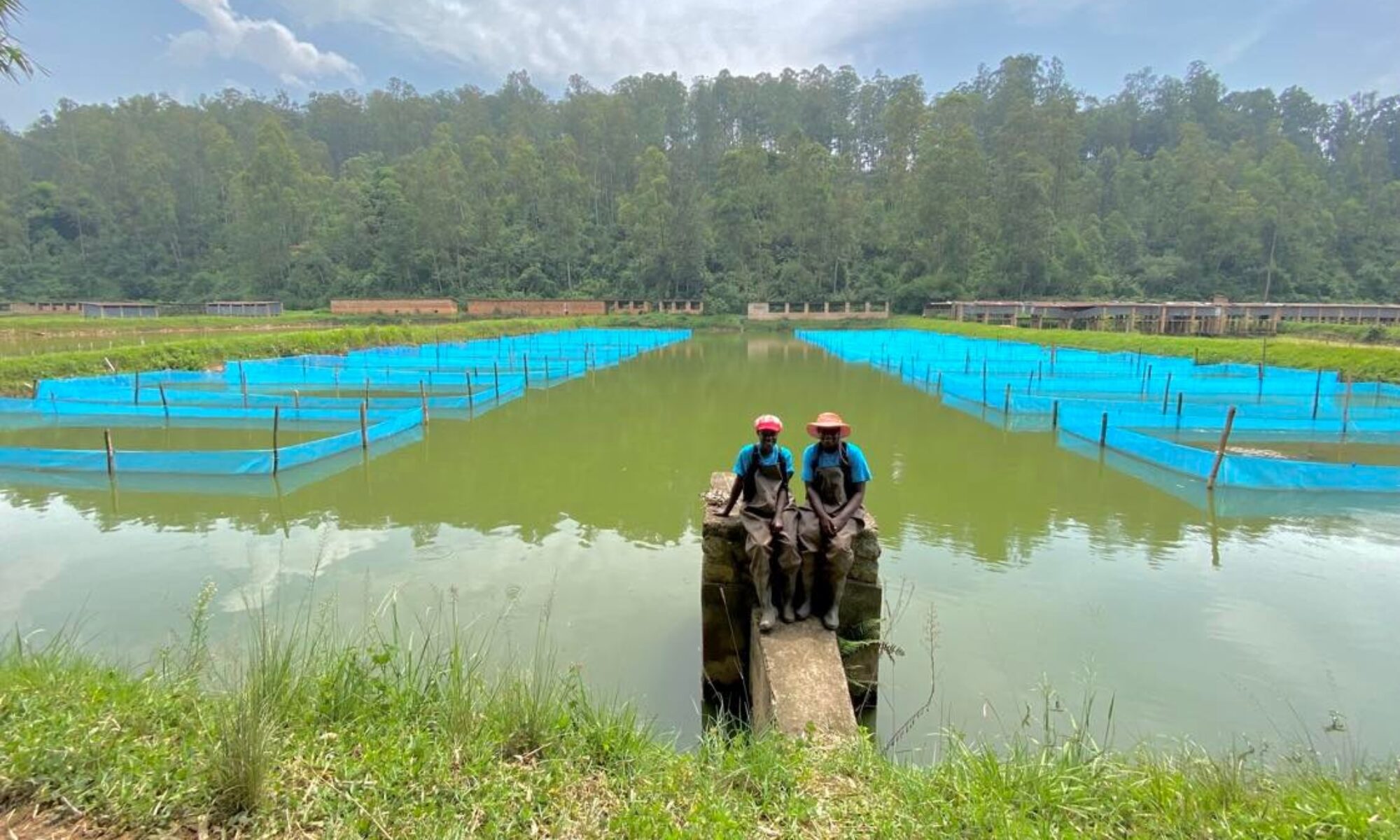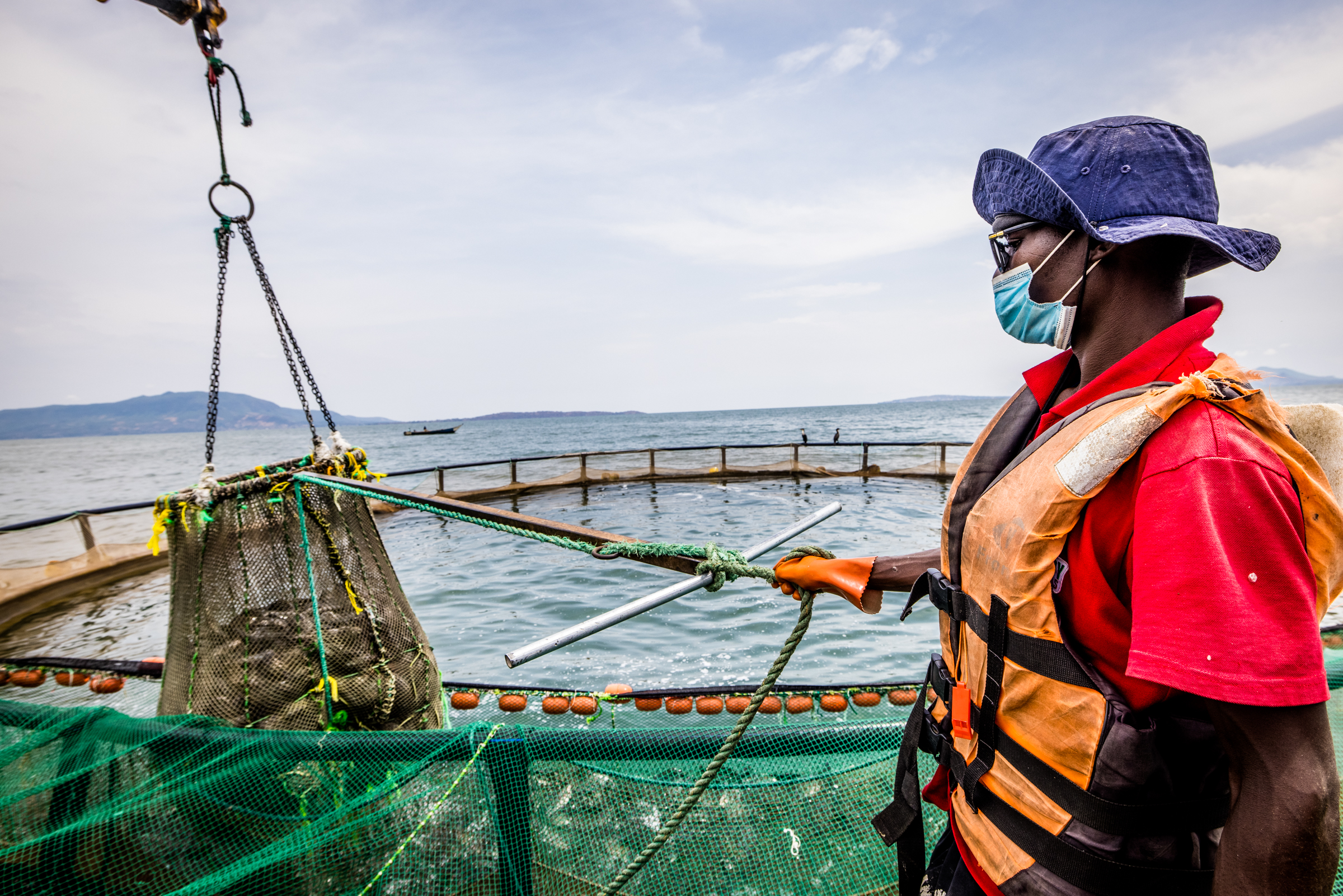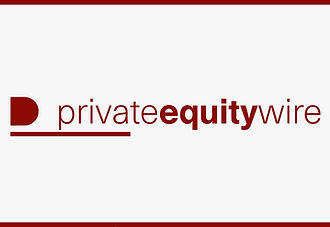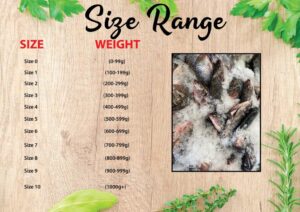The East African aquaculture group consisting of Kivu Choice Rwanda and Victory Farms Kenya announced this month the completion of their Series B fundraising round for $35 million, constituting the largest ever investment in Africa’s aquaculture industry, to fund the expansion of the group’s operations in Rwanda and Kenya, and potential entries into Ethiopia, Uganda, and Tanzania.
The round was led by Creadev, with investors including the Acumen Resilient Agriculture Fund (ARAF), DOB Equity, Endeavor Catalyst Fund, and Hesabu Capital. The companies’ founders and angel investors – including Joseph Rehmann, Steve Moran, Kamran Ahmad, and Hans den Bieman – also invested into the transaction.
The Story of Kivu Choice
Upon visiting Rwanda in 2019, the company’s founder, Kamran Ahmad, was inspired to launch a fish farm on Lake Kivu to tackle the problem of affordable and sustainable protein production. In pursuit of this mission, in 2020 he joined Victory Farms Kenya, the largest fish farm in East Africa, and in late 2021 led a team of Victory Farms veterans to launch the organization’s Rwandan counterpart, founding Kivu Choice.
Shortly after its founding, the company was subsequently granted a 30-year lease of the RAB-owned Kigembe Fish Farm in mid-2022, and have since scaled the hatchery facility into the largest fingerling producer in Rwanda. Having celebrated their first harvest on Lake Kivu in March 2023, Kivu Choice is now expecting to produce over 1 million fish meals this year.
In an interview with The New Times, Kamran explained the significance of this fundraising for the future of food security in Rwanda.
“With the closure of this round, Kivu Choice is on track to become the largest and most sustainable protein production and distribution platform in Rwanda before year’s end, and a global leader in tilapia production within five years. At our target production of 20,000 tonnes per year, we expect to be producing the equivalent of almost two-thirds of Rwanda’s annual fish consumption; that’s over 50 million fish meals a year.”
The rapid growth in Kivu Choice’s business, Kamran emphasizes, has only been possible with the Government of Rwanda’s support.
“Kivu Choice’s success to date has only been possible with the strong support and collaboration that we’ve had with the Government of Rwanda. If you want to rapidly scale a business, I don’t think there’s anywhere quite like Rwanda to do so.”
Supporting Employment, Fish Affordability, and Reducing Imports
Jean Claude Ndorimana, the Director General for Animal Resources Development at the Ministry of Agriculture and Animal Resources, noted that Kivu Choice’s hatchery in Kigembe, Gisagara District is the biggest hatchery in Rwanda, in addition to their commercial floating cages on Lake Kivu, Nyamasheke District; and that the scale of their operations producing table fish (tilapia) will have wide-reaching impacts on the Rwandan agriculture sector.
“In addition to the contribution to food security and nutrition, the company will generate around 1,200 full time jobs,” Ndorimana said.
In 2022, he said, Rwanda produced 43,560 tonnes of fish among which aquaculture (fish farming) contributed 3,900 tonnes and the remaining 39,660 tonnes were from capture fisheries from different lakes and water reservoirs.
Meanwhile, Rwanda has a target to produce to 112,000 tonnes of fish annually by 2024.
“Kivu Choice investment is considered important because they are projecting to contribute around 4,000 tonnes by 2024 and 20,000 tonnes by 2026. This will be a huge contribution to fish production as the country is importing between 10 to 15,000 tonnes of fish and fishery products every year,” he observed.
As fish production increases, Ndorimana said, fish and fishery products will be available and affordable. Kivu Choice projections are to meaningfully increase the affordability of fish for Rwandans while investing in distribution channels to ensure that their products are available across the main towns of the country.
Increasing Production of Fingerlings for the Industry
Under its 30-year lease agreement with the Government of Rwanda, Kivu Choice will be supplying 1.2 million fingerlings a year to smallholder farmers to help the wider industry grow. Kamran, the company’s CEO, indicated that while Kigembe fish farm is the largest fish hatchery in the country and has enormous potential, it was underutilized until recently. He followed on to say that the company is now in the process of scaling up the facility, with investments in state-of-the-art equipment and infrastructure for fingerling production.
Advancing East African Food Security
The East African fish supply deficit is one of the greatest supply–demand imbalances in the global food system today. Regional governments estimate a supply gap of 1 million tonnes of fish per year. The aquaculture industry meets a mere 3% of this deficit. Kivu Choice and Victory Farms present a scalable solution to East Africa’s nutritional security challenge.
Tilapia is recognized as the most environmentally and financially efficient protein solution for Africa. For example, tilapia’s feed conversion ratio (FCR), a metric for production efficiency, is five times lower than that of beef, and thousands of times more land-efficient. Investment in sustainable African aquaculture can therefore help reduce reliance on imports and provide food for millions of people while supporting local agriculture industry.
Building a Global Leader in Climate-Friendly Food Production
Kivu Choice’s and Victory Farm’s products have a direct impact on the region’s climate change mitigation agenda by growing protein intake at much lower emission levels than other meat products, while using renewable energy and off-grid retail branches to reduce their carbon footprint across the value chain.
Farmed tilapia emits just 1.5 kg of carbon dioxide per kg of product, three times lower than the next best animal protein (poultry), and 30 times lower than beef. At their current capacity, the group estimates that at least 160,000 tonnes of carbon dioxide emissions will be avoided by shifting consumers to fish.

